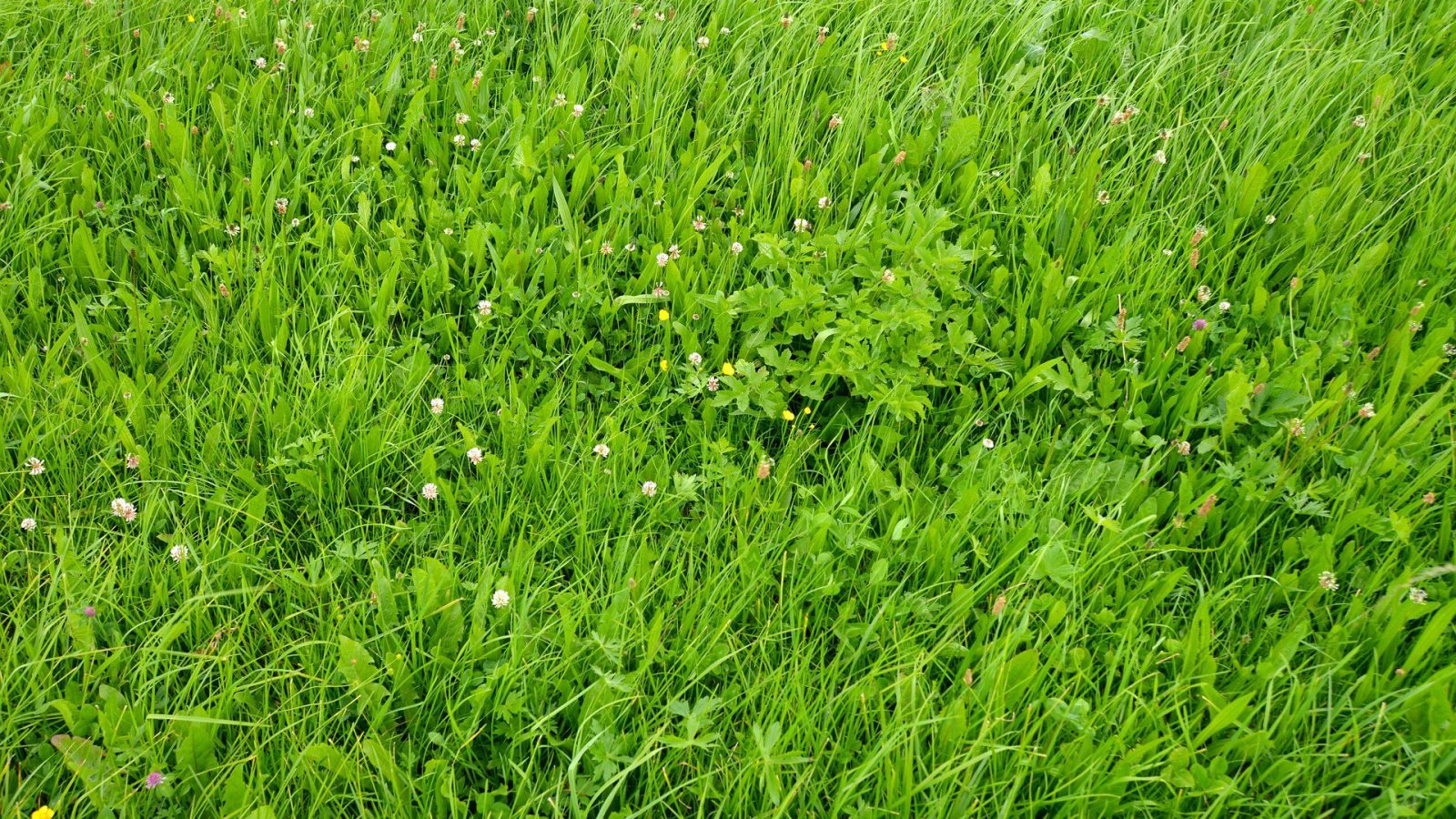Bijeenkomst: EGF2015 Auteur: Albrecht K.A., Ochsner T.E., Schwab A.R. and Jokela W.E. ISBN: 978-9090-289-61-8 Jaar van uitgifte: 2015 Producttype: Paper Maize (Zea mays L.) silage has become an increasingly important forage crop in high output dairy farming systems in Europe and North America because of its high energy density, relatively uniform nutritive value, and efficiency …
Optimizing N management through improving transitions of temporary grassland and maize in rotation
Bijeenkomst: EGF2015 Auteur: Verloop J. and Hilhorst J. ISBN: 978-9090-289-61-8 Jaar van uitgifte: 2015 Producttype: Paper Crop rotation in which grass and maize are alternated may contribute to efficient production of feeds for dairy production. However, in particular on dry sandy soils, proper transitions from the arable into the grassland phase and vice versa are …
